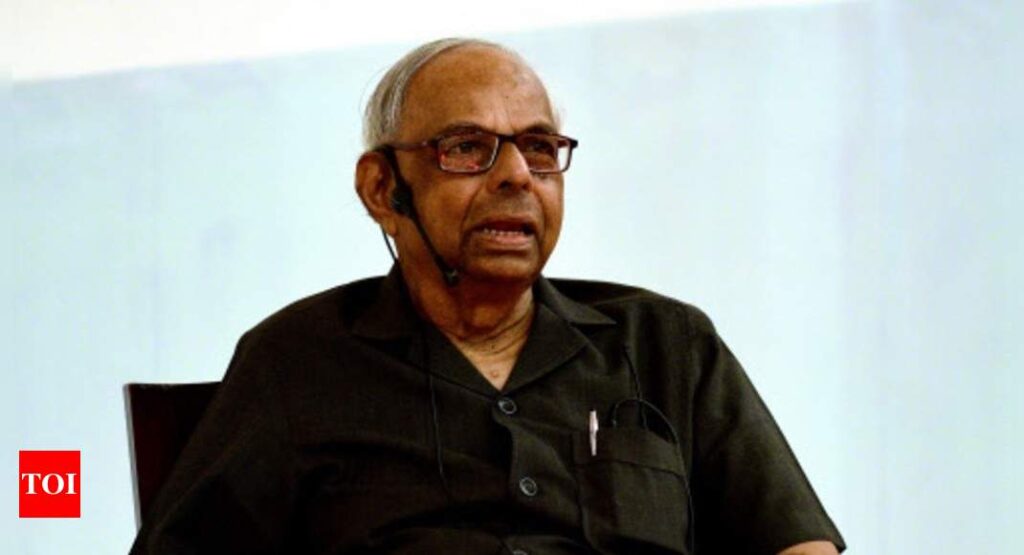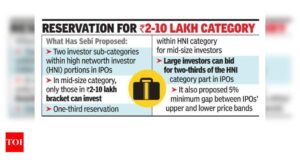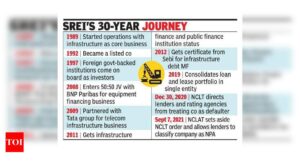Hop, skip and jump was code word for devaluation, says former RBI governor C Rangarajan – Times of India

[ad_1]
There were decisions that the RBI took in 1991 which added to the reforms momentum. Could you identify the major ones and how they have fared?
The Reserve Bank of India (RBI) and I were deeply involved and associated with the reforms. From the decision to devalue the rupee to reforms in the monetary, banking and foreign exchange sectors, changes we introduced have stood the test of time.
The most important change was the phasing out of the system of the issue of ad hoc treasury bills by the government to the RBI and thus bringing to an end the automatic monetisation of fiscal deficit. This may indeed be considered as the first step towards giving autonomy to the RBI in relation to the conduct of monetary policy.
Read full story on 30 years of reforms on TOI Plus
In all the areas, the initial changes were followed up by many other actions, all in the same spirit of liberalisation. Since 1991, we have had a comfortable balance of payments situation. The growth rate of the economy had also picked up to a much higher level, even though the recent decline in growth rate is a matter of concern and rethinking.
When did you learn about the historic measures?
I was part of the decision-making process. In adopting the various measures, we knew we were taking a risk. However, we felt these were needed and were confident we would succeed.
Were policymakers anxious about the measures?
I have written about the tension and anxiety while going through the two stage devaluation. The decision to have it in two stages and entrusting it to RBI were novel features. The code word for the exercise was ‘Hop, Skip and Jump’.
The shipping of gold which in fact preceded reforms had its own anxious moments when the bullion van carrying gold to the airport had to stop, of course very briefly in between, because of some trouble.
What are the areas that the government needs to focus on in the year ahead?
The reform agenda of 1991 constituted a paradigm shift. Today we don’t need a paradigm shift. We need to look at individual sectors and see which one needs reforms in terms of creating a competitive environment and improving efficiency.
Power sector, the financial system, governance and even agricultural marketing need reforms. But we need a lot more discussion and consensus building. Timing and sequencing are also critically important.
For example, labour reforms are best introduced when the economy is on the upswing. Looking at the recent discussions on agricultural marketing reforms, the best course of action now may be to leave these measures to each state to decide whether they want these legislations or not. That will set the stage for experimental economics and farmers themselves will be able to see the best possible solution for different crops and conditions.
Some years ago there was talk about India becoming a $5 trillion economy. We are today a $2.7 trillion economy. To reach the goal of $5 trillion, India needs to grow at 9% per annum for at least five years.
[ad_2]
Source link







